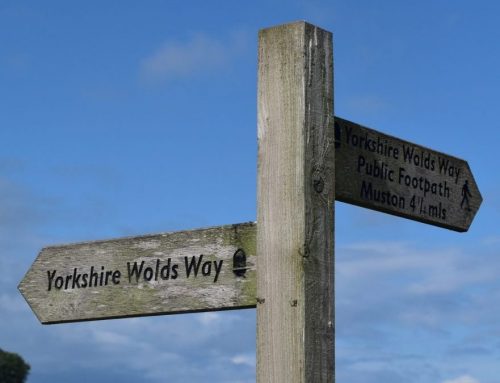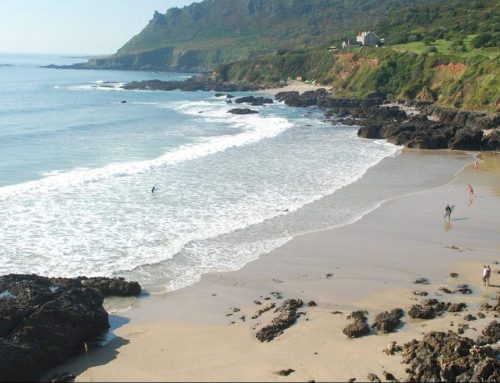How well do you know England’s Coast to Coast Path?
Check your knowledge of perhaps Britain’s most popular path with questions set by BBC’s Mastermind.
Recently a contestant on British television’s long-running quiz programme Mastermind chose, as their specialist subject, the Coast to Coast path. Fancy testing your knowledge against the contestant (the lady got 8 points). Here are the questions – the answers are at the foot of the page. No cheating now!
- The Coast to Coast Walk runs for approximately 190 miles from the Irish Sea coast in Cumbria to the North Sea coast in North Yorkshire. It’s normally walked west to east starting at which village?
- The stumpy white stone cross on Danby High Moor that formally served as a parish boundary marker is widely known by what nickname?
- At the top of which lakeland pass is there a choice of two high-level routes, over Helvellyn and St Sunday Crag respectively, and a direct route down to Patterdale?
- Between Keld and Reeth the route passes several hillside gullies created when miners released torrents of water to remove the topsoil and expose any minerals below. What term is used for those ravines?
- The ruins of which hall whose original name is translated as ‘Deep Chasm that is the haunt of crows’ is passed shortly after the route’s halfway point at the village of Keld?
- Which valley east of Nine Standards Rigg does Wainwright describe as ‘little-known and rarely visited. Beyond Ravenseat Hall is desolation profound’
- What name is given to the ancient cairn on the edge of Crosby Ravensworth Fell that the route passes close by although it is almost certainly not the burial place of the person it’s named after?
- At over 1100ft what is the name of the first significant hill a Coast to Coast walker climbs after leaving the village of Cleetor?
- On the Alternative High Route between Greenup Edge and Grasmere what is the first summit reached before Gibson Knott and Helm Crag?
- Which abbey passed by the route was founded in the late 12th century by an order known as the White Canons and stands on the banks of the River Lowther?
The answers
1) St Bees; 2) Fat Betty; 3) Grisedale; 4) Hushings; 5) Crackpot; 6) Whitsundale; 7) Robin Hood’s Grave; 8) Dent Fell; 9) Calf Crag; 10) Shap Abbey







